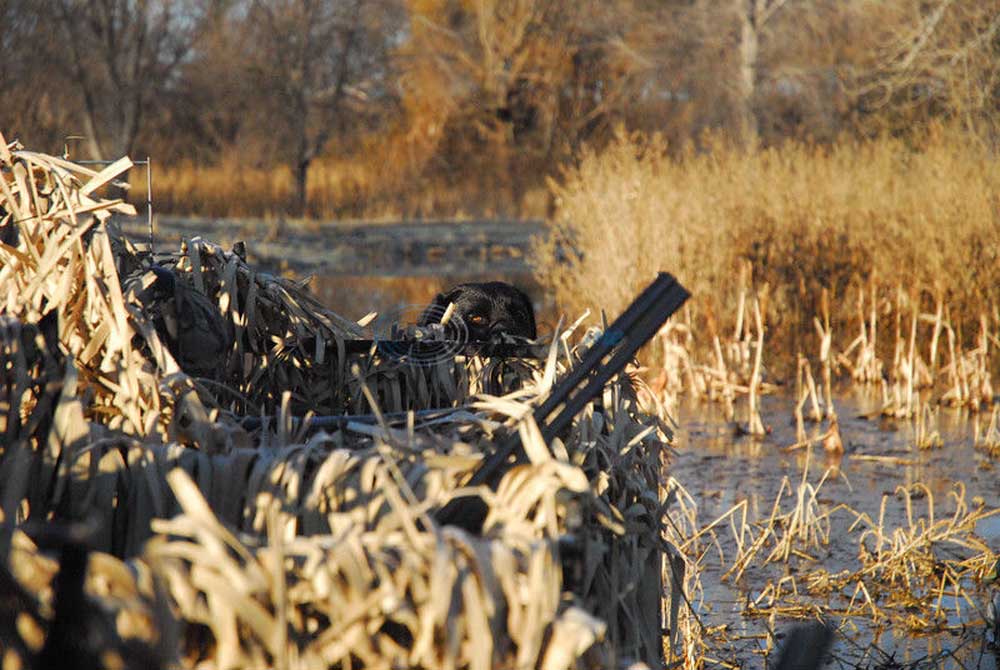East Texas duck habitat excellent for season opener
Published 9:44 am Thursday, November 5, 2015
Duck hunter anticipation is high right now. It is a new year, why shouldn’t it be?
North American duck numbers remain at record highs. There is water on the ground. All that is needed now is bitterly cold weather in the bread-basket states north of Texas to push the birds down.
Actually, that is not exactly true. Some ducks are already moving into Texas. It is proof that some ducks are going to migrate south based on daylight, no matter what the weather conditions are in Canada and the Midwestern states.
With hunting in the state’s South Zone and High Plains, Mallard Management Unit opened last Saturday. Hunters in the North Zone get their first shot this Saturday. Whatever hunters’ plans were before two weeks of rain, they have certainly changed. Locally, 10 to 20 inches have fallen, bringing area lake levels up 1 to 3 feet and causing flooding along rivers.
All that new water is both good news and bad, said Kevin Kraai, Texas Parks and Wildlife Department’s waterfowl program leader.
“Extensive water on the landscape certainly can and will spread out ducks, but it also attracts more ducks to the area,” Kraai said.
This is one of those weird years in which pond conditions are just as good in East Texas as in West Texas. If it were weighted one way or the other like it often is, then the outlook here might not be so good statewide. However, for now Kraai said the situation in East Texas currently trumps West Texas.
“I don’t believe that early in the year that stock ponds in the Rolling Plains or Oaks and Prairies will be much of a factor for ducks in East Texas. Ducks are always going to be seeking the best habitat with the most abundant foods available and currently East Texas wetlands, rivers and reservoirs are much more productive than stock ponds. That could change later in the winter if waters begin to recede,” the biologist explained.
Coming after a hot, dry summer, the recent downpours have recharged every lake in East Texas. Most are above spillway level once again. Those that aren’t still came up considerably from where they were a month ago.
For those who have not scouted since last season and plan to hunt their same areas, depending on the lake, the water level may be up anywhere from a foot to more than 12 feet.
A plan B is definitely called for.
“The ducks are going to be seeking the shallow waters at the edge of the flood vegetation and hunters would be advised to seek those ideal water depths, one foot and less, as well,” Kraai said.
Early season reports from the Texas coast include the expected large numbers of blue-winged teal along with gadwalls, pintails and redheads. There are few reports from the Panhandle, but hunters reported mostly bluewings and pintails opening weekend.
Kraai said traditionally the earliest migrants into Texas will be blue-winged teal, wood ducks, gadwall, northern shovelers, and redheads. For the most part the bluewings will be gone by the end of November. Arriving in numbers in mid- and late-season normally are pintails, wigeon, ring-necks, green-winged teal and mallards.
A late-week cold front, although not a strong one, could bolster numbers for opening day. Historically the harvest increases as the season goes along and more ducks find their way into the state.
Mallards remain the trophy duck for Texas hunters, but in reality they can be almost as rare as a monster wall-hanging deer.
Of the 1.2 million ducks killed in the state in 2013-14, just 74,000 were mallards, according to the most recent numbers from the U.S. Fish and Wildlife Service. That means greenheads rank seventh in hunters’ bags trailing gadwalls, blue-winged teal, green-winged teal, redheads, shovelers and wigeons.
Harvest numbers for mallards have always been on a yo-yo depending on conditions north of Texas and in the state. Looking at long-term harvest numbers there was a peak in 1975-76 when 220,000 mallards were taken and again in the 2000-01 season when a record 300,000 were shot. Those were apparently just special times.
“I do recall (2000-01) when I was working at Cooper and it was cold and icy and I can remember shooting lots of mallards. It was great hunting in the Panhandle those years as well,” Kraai noted.
On the other end of the spectrum 44,000 were taken in 1987-88 and 68,000 were shot in 2012-13.
Although the ducks wintering in Texas may move around some based on pressure and food sources, this could be a year that hunters are in ducks from the beginning of the season until the end.
“If we have good habitat like we do now, I would say, yes, they will be inclined to stay in Texas,” Kraai said.
North American duck numbers have been on a fairly consistent rise since the mid-1990s. That, coupled with the increased costs of other types of hunting, is bringing new hunters into the fold.
“Duck hunting pressure and duck hunters are increasing in Northeast Texas as well and the rest of Texas,” Kraai said.
This makes scouting public waters and locating private hunting spots even more critical and difficult.
The North Zone season will remain open through Nov. 29, and then will reopen Dec. 12-Jan. 31.
Have a comment or opinion on this story? Contact outdoor writer Steve Knight by email at outdoor@tylerpaper.com. Follow Steve Knight on Facebook at AllTexasOutdoors and on Twitter @alltexasoutdoor.








